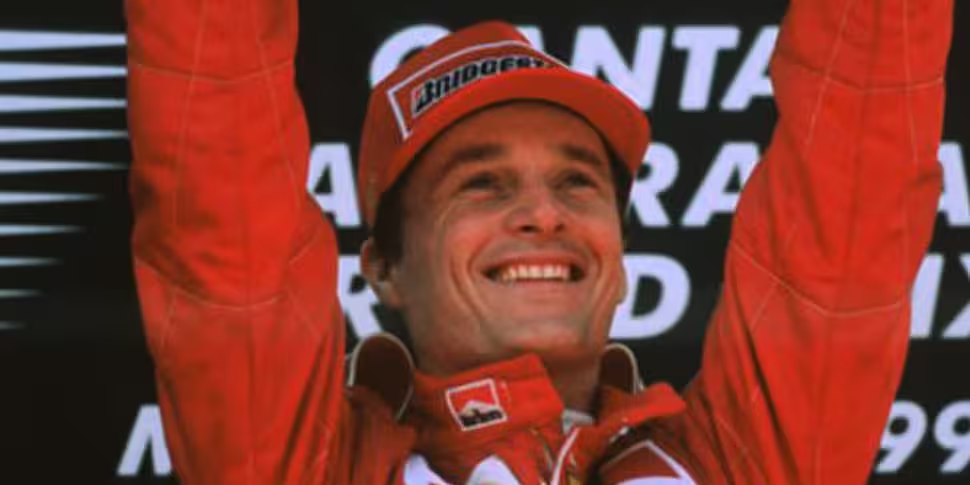For any Formula 1 fans of my generation who started watching the sport in the mid-90s, Eddie Irvine could be categorised in two ways.
On one hand he was a playboy and entertainer who also had the honour of being punched in the nose by Aryton Senna in his debut season back in 1993.
But on the other hand, between 1996 and 1998 – his first three seasons at Ferrari – he was stereotyped as Michael Schumacher’s loyal sidekick.
Whether it was stipulated in his contract or not, the Northern Irishman was clearly a No 2 to the German and obeyed team orders down to the letter, even seeing his nickname changed from ‘Irv the Swerve’ to ‘Steady Eddie’.
Yet Irvine was a very quick driver as he had shown during his time at Jordan between 1993 and the end of the 1995 season, though he had little chance to showcase his talent.
But that would change at the British Grand Prix in 1999. Like this weekend, Silverstone was the eight Grand Prix of that season.
McLaren’s Mika Hakkinen had arrived at the circuit leading Schumacher in the Drivers’ Championship by eight points, with Irvine adrift in third.
After qualifying, Hakkinen and Schumacher started on the front row, with Irvine in fourth behind the Finn’s team-mate David Coulthard.
But after the first lap of the race, Schumacher’s season would be all but over and Irvine would suddenly find himself thrust into the limelight.
At Stowe corner, Schumacher’s brakes suddenly failed, causing his car to career into the tyre barrier, leaving him with a broken leg.
Schumacher had been carrying Ferrari’s hopes as they looked to end a 20-year Driver’s Championship drought.
But with Schumi sidelined for months, the ‘Prancing Horse’ passed the reins over to Irvine who rose to the challenge.
Securing second place in that British Grand Prix, he closed the gap on Hakkinen to eight points after the then-reigning champion also retired from the race.
With the bit between his teeth, Irvine built on that promising start to win the next two Grand Prix to take the lead over Hakkinen in the championship, building up an eight point gap with just six races to go.
But the next four races would be underwhelming as Irvine managed just one podium finish. The final race of those four, at the Nurburgring, was particularly galling.
Both Hakkinen and Irvine had struggled throughout the race but fought their way back towards the point places. While the Finnish star was able to battle back to fifth place and two points, Irvine finished one second off the final sixth-placed points position occupied by the Minardi of Marc Gene. That failure to pick up even a single point would come to haunt him.
At the next Grand Prix, Schumacher returned from injury and agreed to help Irvine try to win the Championship. He was true to his word, as he allowed Irvine to overtake him for the win in Malaysia.
And despite drama which saw Ferrari disqualified and then reinstated for an alleged infringement, that win meant Irvine went into the season-ending Grand Prix in Japan, leading the Championship by four points over Hakkinen, although the McLaren driver had one thing on his side – he had won more races throughout the season.
That meant a victory for Hakkinen in Japan would give him the Championship, regardless of Irvine’s own final position.
Unfortunately for Irvine, Hakkinen did win the Grand Prix and took the 1999 title by two points as Irvine finished the race third behind Schumacher.
That’s where the lost point at the Nurburgring comes into play. Had he overtaken Gene, Irvine would have held a five point lead over Hakkinen going into the final race at Suzuka, which meant a second place finish would have sufficed to take the title.
And many people believe that Schumacher would have let Irvine past into second place if that scenario had come to pass.
As it happened, it was the German who would win the title the following season(the first of five consecutive titles), with Irvine already off to Jaguar where his career would dwindle in an uncompetitive car.









